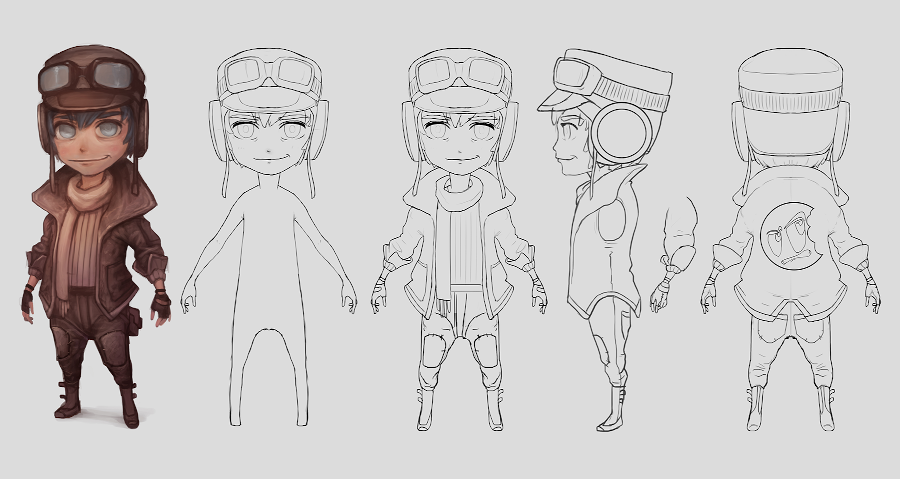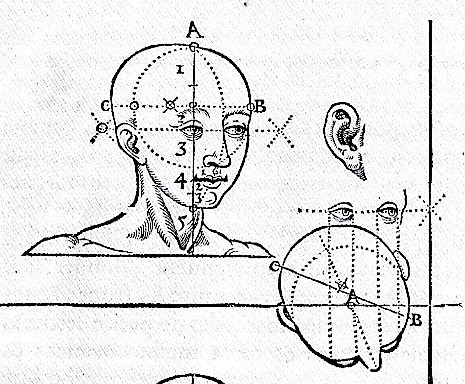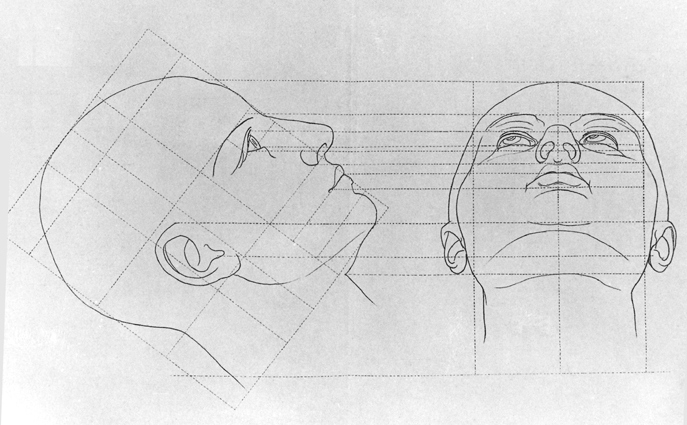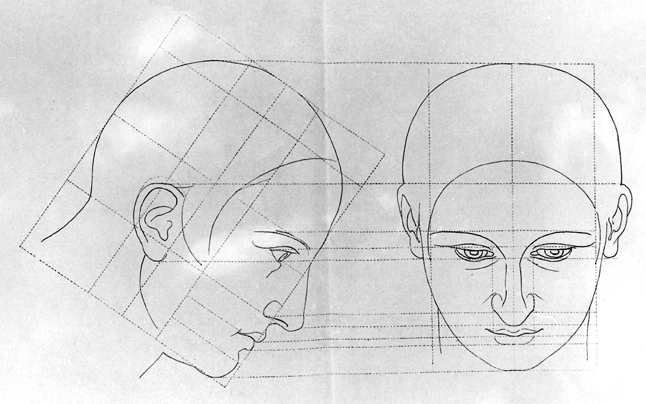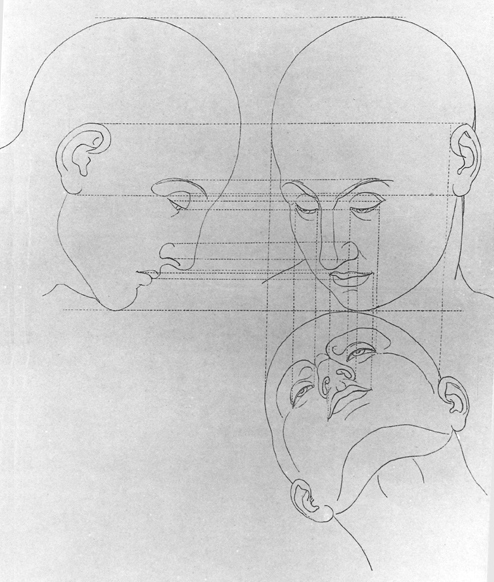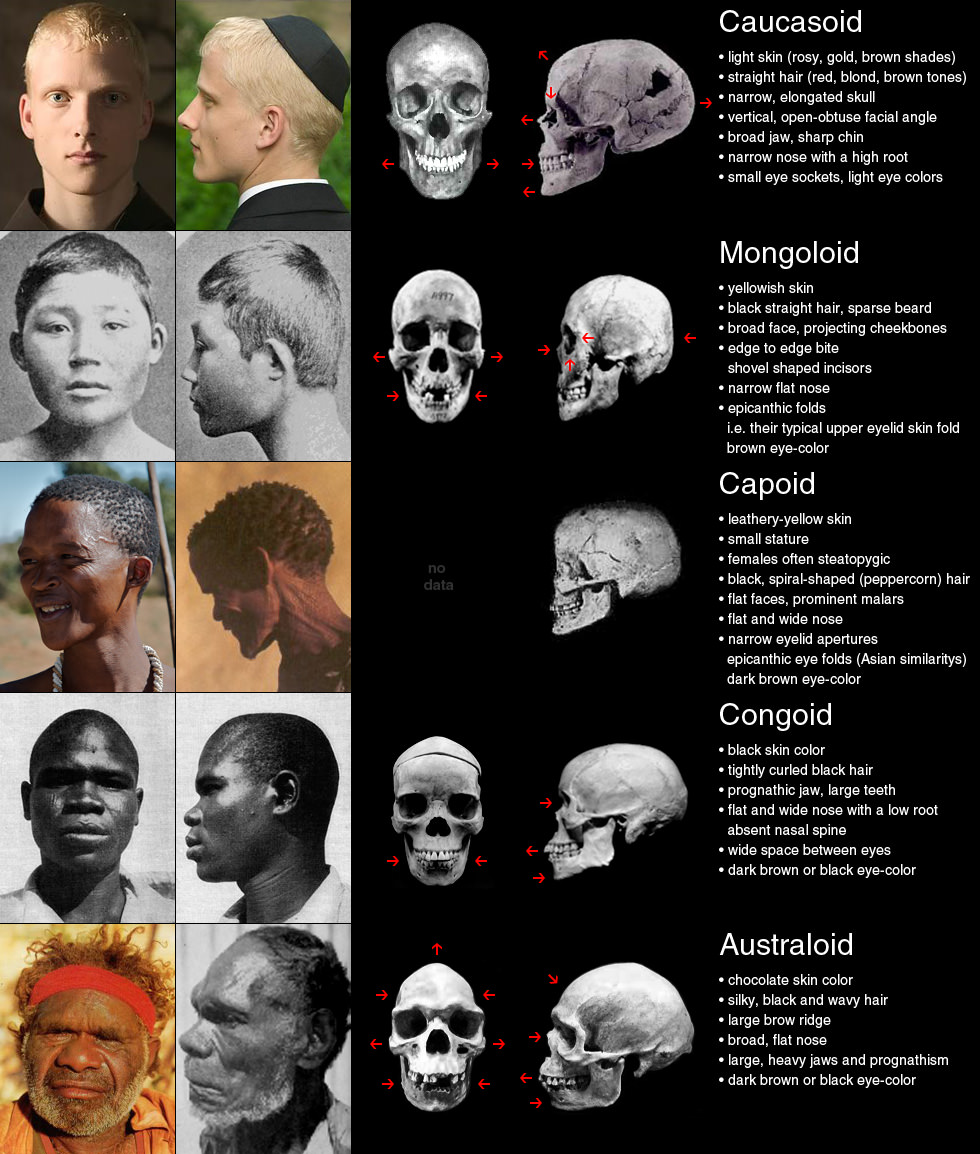
Anatomical Position:
Standing straight up with palms out and feet facing forward

| Size Related | Location Related | Shape Related |
|---|---|---|
| Maximus = Largest | Anterior = Front | Spine = Protrusion |
| Medius = Middle Sized | Posterior = Back | Condyle = Rounded Bump |
| Minimus = Smallest Sized | Superior = Above | Process = Sticking Out |
| Major = Larger | Inferior = Below | Cep~ (Cephalic) = Head/Top |
| Minor = Smaller | Infra~ = Beneath/Under | |
| Brev~ = Short | Medial = Middle (towards center) | |
| Lateral = Side (away from center) | ||
| Meta~ = Beyond | ||
| Epi~ = Above |
Main Bones of The Skeleton (w/ Important Details)
Skull
General Body Proportions
A "proportion" is a comparison of a part to the whole. People often use the head as a unit of measure for the entire body. A different number of "heads" gives a figure with different proportions, the most common being an "Eight Head Model".
Average Age Differences:
• Newborn (0-1 Month) = Body length of 2.5 Heads (legs not counted)


We've already touched upon skull shape, but what other aspects relate to someone's "likeness"?
Face Shape| Name | Shape | Characteristics |
|---|---|---|
| Kite |  |
• prominent cheekbones, which are slightly wider than the mid and lower forehead • narrows at the jawline and the chin |
| Heart | 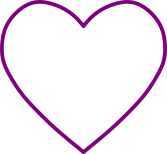 |
• a longer and wider forehead, with cheekbones a similar width to the lower forehead • a slightly more prominent jaw than Kite shapes and narrow at the chin |
| Rectangle | 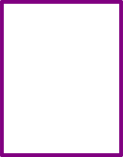 |
• defined jaw line, of similar width to the cheekbone and lower forehead |
| Oval | 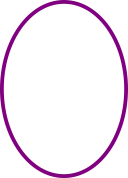 |
• typically smaller than average on all measures • widest at the cheekbone and narrow through the forehead and jaw |
| Round |  |
• soft, balanced features • typically with a shorter face length and narrower cheek and jawline |
| Square | 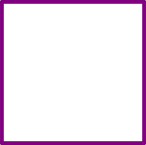 |
• forehead and chin lengths are almost equal • angular with wider but equal forehead cheekbone and jaw width |
| Teardrop | 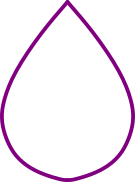 |
• shorter face, with a narrow forehead and cheekbone • only group for which the forehead length is shorter than the chin |
| Heptagon |  |
• typically longer than average • a wide forehead and prominent cheekbones |
| Oblong | 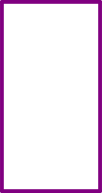 |
• longer and wider through all measures |
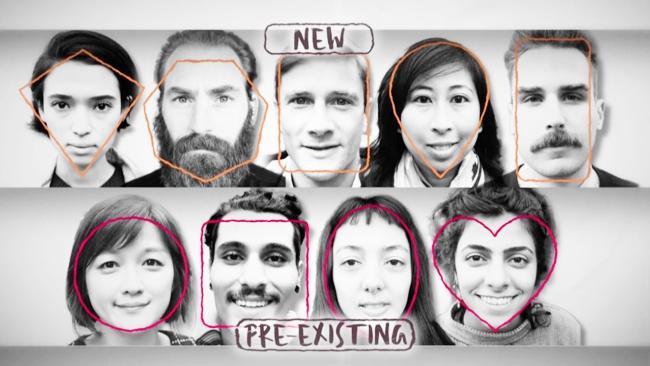

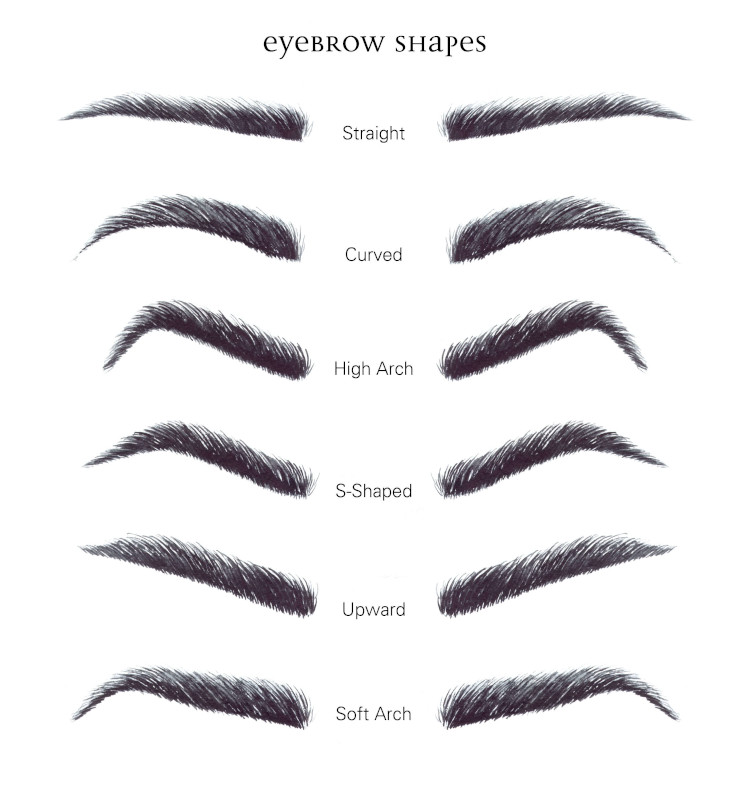

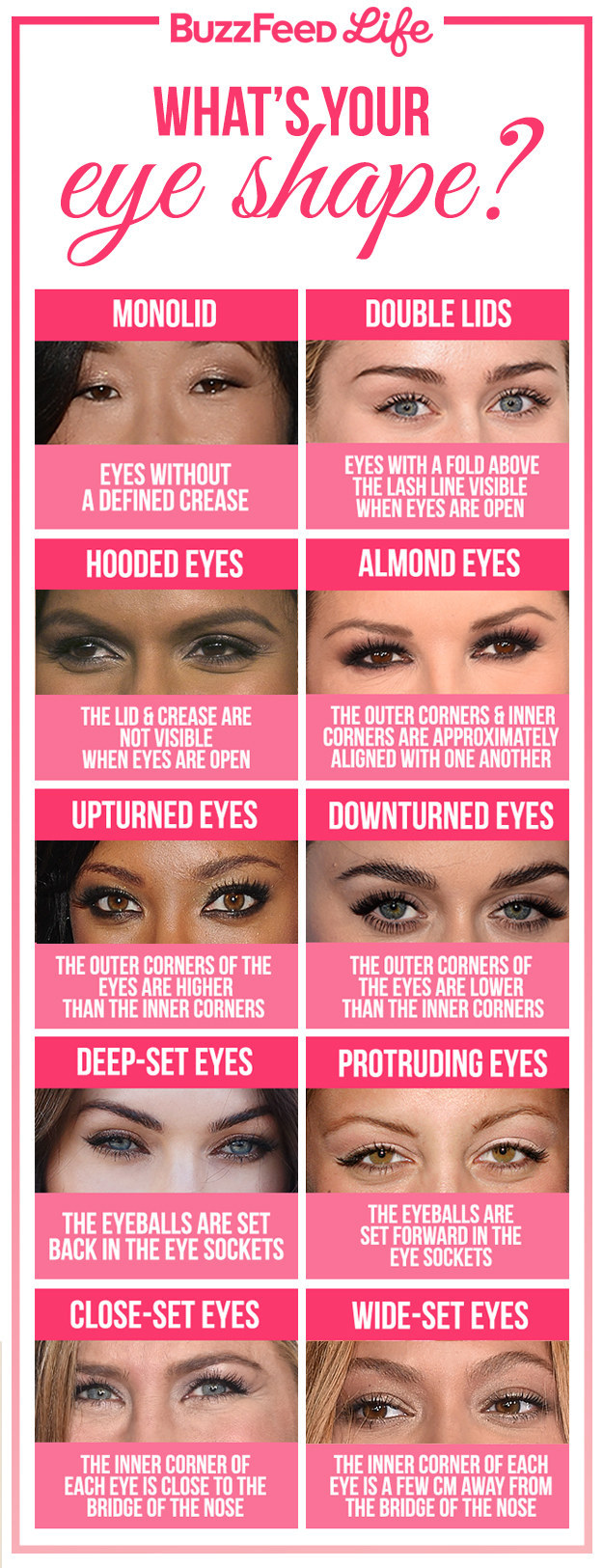


| Name | Example | Characteristics |
|---|---|---|
| Snub | 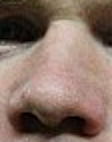 |
• similar to Celestial [see below], but nostrils are more visible from the front |
| Duchess |  |
• straight and small |
| Fleshy | 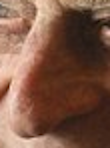 |
• fairly common |
| Hawk |  |
• sharp profile, may have a slight hook |
| Mirren |  |
• thin and pointed, narrow and sharp |
| Greek |  |
• very straight along bridge |
| Aquiline |  |
• small bump in bridge |
| Roman |  |
• long with a sloping tip |
| Rumpole |  |
• bulbous, rounded edges, puffy-looking |
| Celestial |  |
• small, thin, upturned |
| Lenin | 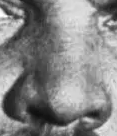 |
• broad with large nostrils that are visible from the side |
| Redknapp | 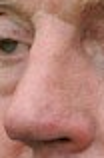 |
• solid |
| Nixon | 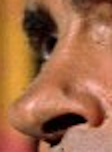 |
• long, slopes downward, very visible nostrils |
| Tara |  |
• bumpy and ridged |


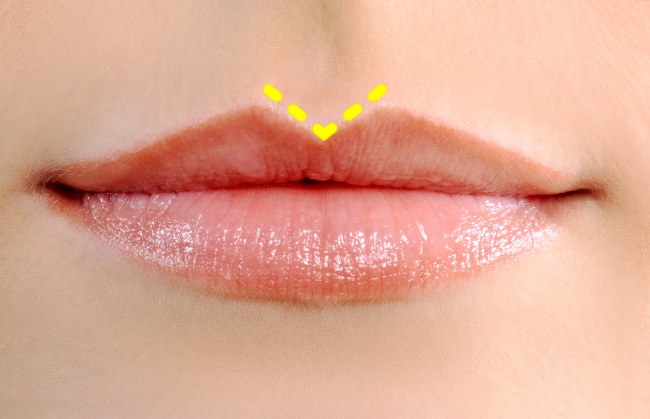 |
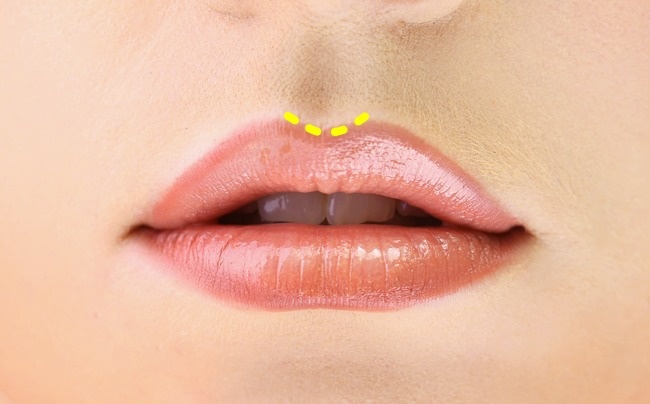 |

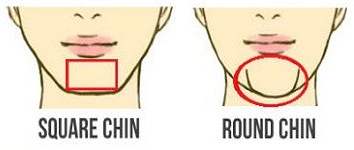 |
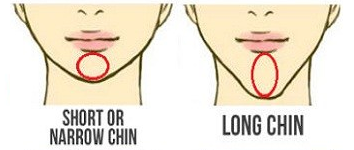 |
 |

It is a common practice, within animation especially, to make "design sheets" that show the same character from multiple views:
